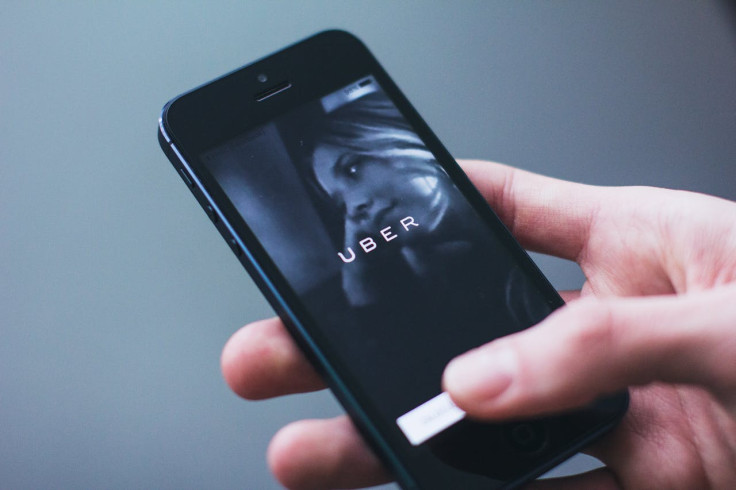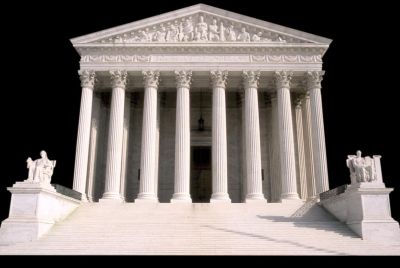Canadian Uber Drivers At Risk Of Earning Less Due To New AI-based Pay Model Protested By US Drivers
While drivers can now see upfront offers for each ride, the factors influencing these offers remain unclear

Uber's new AI-driven pay model is raising concerns among Ontario drivers about potential impacts on their earnings, while consumer advocates warn that it could also lead to higher fares for riders.
Introduced in British Columbia last September, the pay system has sparked debate within the industry about how ride-hailing companies might leverage data to exert control over their workforce. According to Toronto-based driver George Wedge, "Uber has found a way to take more money from us," reflecting the growing discontent.
Unlike the previous system, which based driver pay on ride duration, distance, and demand-based surge pricing, the AI-powered model considers additional factors such as pickup and drop-off locations, as well as the day of the week. While it maintains surge pricing, the use of AI to determine compensation prompts questions about whether driving for Uber will remain financially worthwhile in 2024.
How 'Upfront Offers' Work
Under the new system, Uber states that drivers can see their expected earnings before accepting a ride. Keerthana Rang, a spokesperson for Uber Canada, explained that this change was implemented in response to driver feedback and aims to provide them with greater transparency and flexibility when deciding whether to accept a trip.
Furthermore, according to the statement Rang sent to CBC News, drivers will be provided with a detailed breakdown of customer fare distribution, including third-party charges, government fees, taxes, and Uber's service fee, which is generally lower for longer trips and higher for shorter ones.
However, Wedge, who also serves as president of the Rideshare Drivers Association of Ontario, argues that while the new system offers transparency regarding the amount drivers will earn, it remains unclear how Uber determines the weight of the factors that influence this calculation.
"It's based on something that's absolutely unknown to us," he said, further noting that he is concerned about how the data, each ride collects, will be used. In an online post in December 2023, Uber said driver earnings "have grown nearly 30 per cent in the last six years, faster than inflation."
What Does This Mean For Riders?
Passenger advocates express concern that the new pay model could negatively impact riders. Brendan Agnew-Iler, co-founder of the Toronto-based RideFair Coalition, a non-profit organisation dedicated to equitable and sustainable urban transportation, shares these concerns.
Uber's new algorithm is "taking an unfair system and making it vastly worse," he said. According to Agnew-Iler, Uber's strategy is to offer drivers the minimum pay needed to entice them to work and then charge passengers the maximum fares that the algorithm predicts they will tolerate, similar to how airlines and concert tickets are priced.
As Agnew-Iler pointed out, "The public knows that with dynamic pricing, they will charge people whatever they think they can afford, especially in a monopoly situation, which is exactly what we have here."
Toronto Metropolitan University economist Viet Vu is unsure if the new algorithm will result in significantly higher rider fares. He also notes that a positive outcome could be faster Uber pickups.
Vu, the manager of economic research at the public policy think-tank Dais, suggested that the new system might attract more drivers during peak demand times by providing better pay, which could result in shorter wait times.
Meanwhile, Uber has a reputation for overcharging customers even for relatively short rides. One notable example is the 2017 incident in Toronto, Canada, where a man was mistakenly charged a shocking CA$18,518.50 ($14,415, £18,518) for a short 21-minute, five-mile ride.
Algorithmic Pay And The Risk Of Wage Discrimination
In the United States, Veena Dubal, an American professor studying gig work, has raised concerns about Uber and Lyft's AI-based pay models as potential forms of discrimination.
Algorithmic wage discrimination could lead to two different workers getting "paid different hourly wages — calculated with ever-changing formulas using granular data on location, individual behaviour, demand, supply, or other factors — for broadly similar work," Dubal writes in a paper published in the Columbia Law Review last year.
The Rideshare Guy, a former Uber and Lyft driver, and More Perfect Union, a non-profit news organisation, validated her theory in videos. Both videos revealed that drivers were offered varying pay rates for the same ride requests.
In statements to NPR in 2023, both Lyft and Uber rejected claims that their pay systems were discriminatory. Lyft still has not explained how it pays Canadian drivers by the publication deadline.
© Copyright IBTimes 2025. All rights reserved.






















